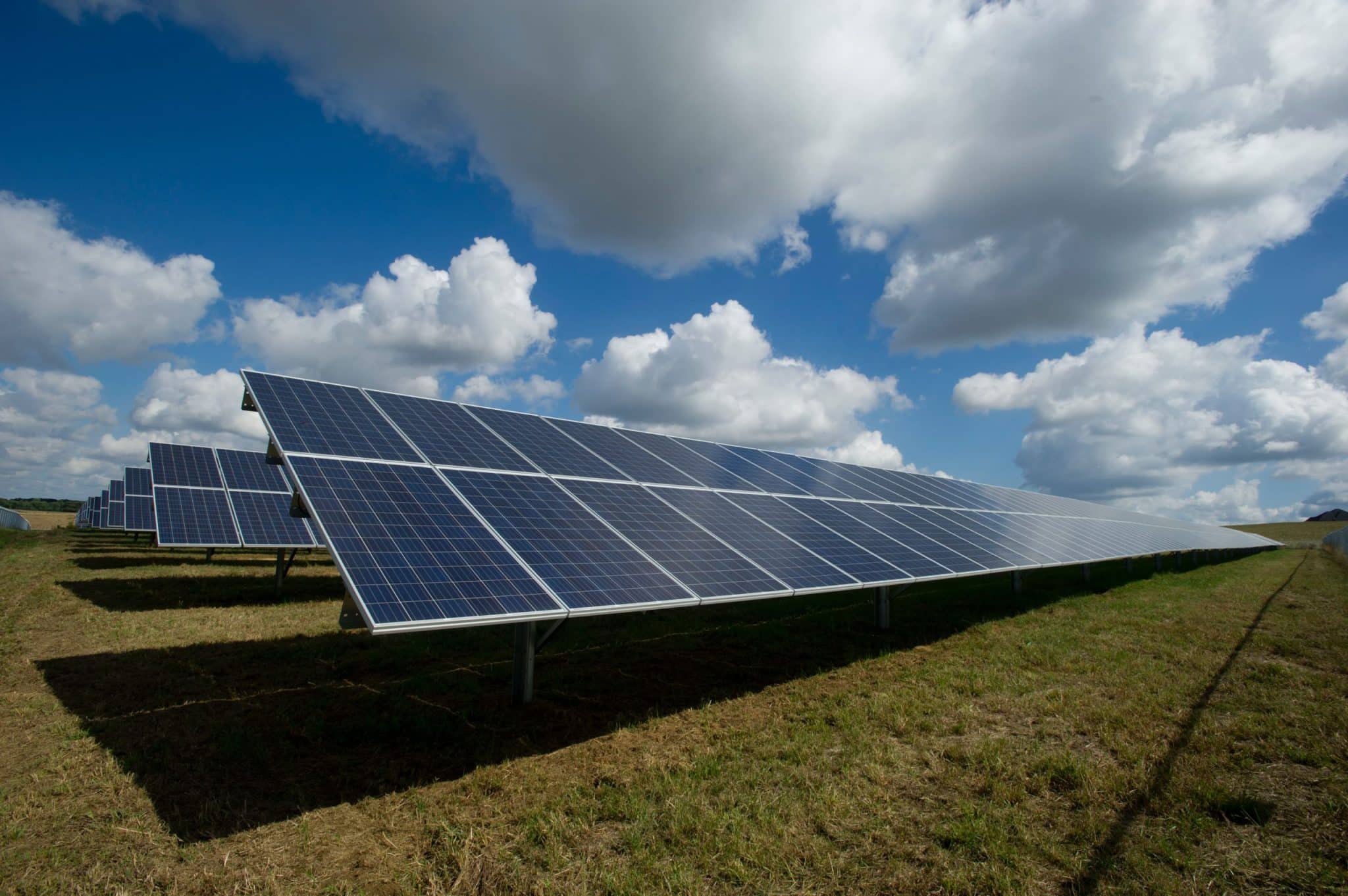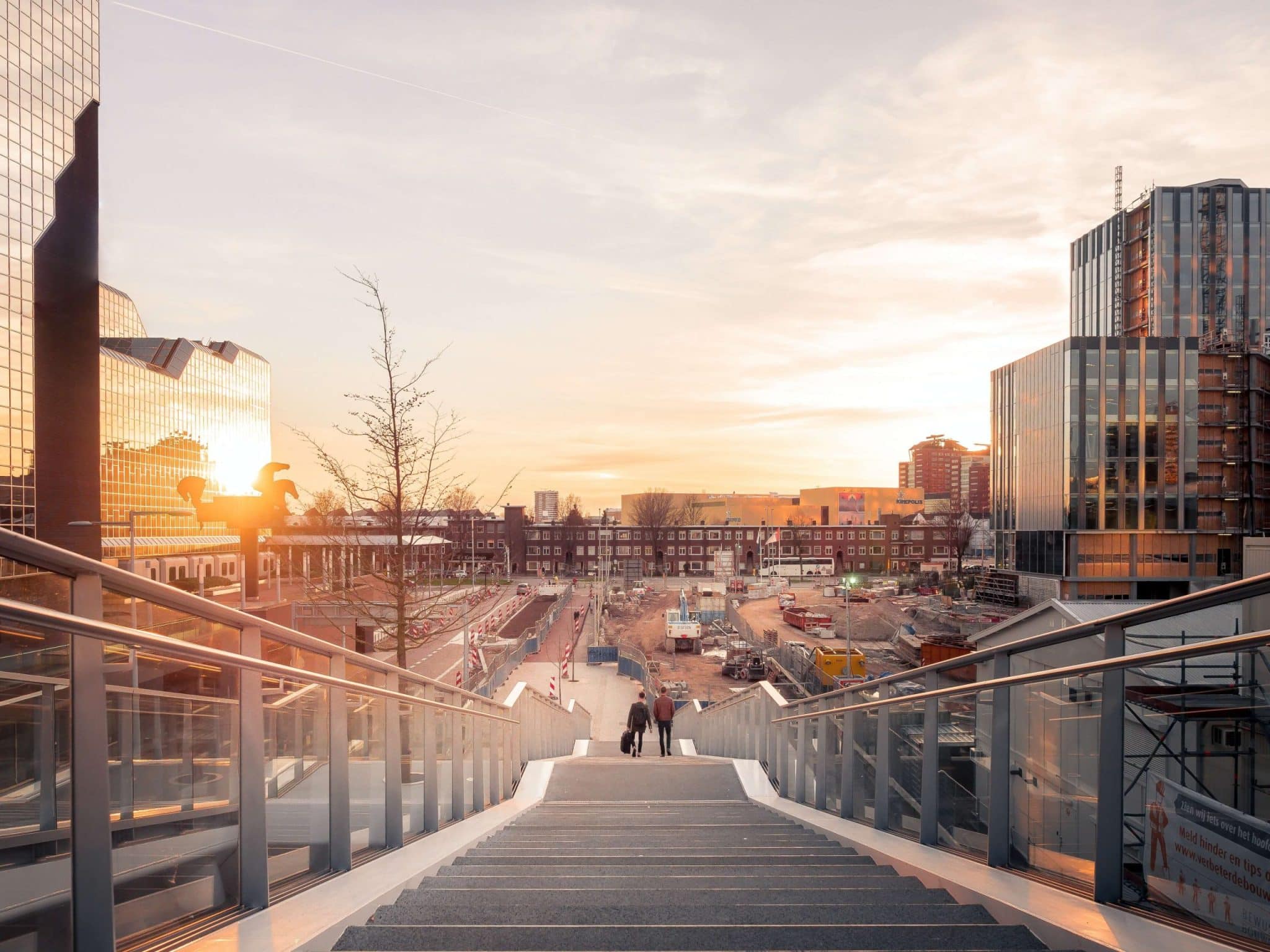Consuming less energy in your buildings is a regulatory necessity for the tertiary sector. But also economical.
Since the start of the year, energy prices have soared in Europe and France ( Source Carbone 4 ):
- +300% for the price of natural gas increased from €15/MWh to €60/MWh in October 2021
- +190% for the price of electricity
And the trend will remain upward in the medium term. According to Ademe , the cost of gas will be further doubled by 2040 (120€/MWh).
So many reasons to use renewable energies, less carbon-intensive but also less expensive. In its latest Energy Futures , RTE recognizes this: “The development of a greater share of renewable energies than today is not only an industrial and climatic necessity: it is also economically relevant. »
- 50 to 60€/MWH for onshore wind power in 2019
- 50€/MWH for nuclear power
- 45 to 81€/MWh for photovoltaic solar
Our decryption of the RTE report
Accelerate photovoltaics
Economically competitive, solar is a less carbon-intensive energy: 41gCO2eq/kWh, or 10x less than gas (Source IPCC)
But solar power today represents only 2% of our electricity mix , 12 GW of installed power.
Objective by 2050: 7x more to achieve carbon neutrality. That is to say not emitting more GHGs than the absorption capacity of natural carbon sinks (soils, trees, oceans).
Developing solar power is the government's ambition with its new action plan .
1st axis, mobilize new surfaces
- Mandatory installation of PV panels on the roofs of office buildings of more than 1000m2. Obligation imposed by the Climate and Resilience Law promulgated in August for new but also old buildings.
Thus, in the event of thermal renovation of offices of more than 1000m2, within the framework of the Tertiary Decree, using solar energy will be compulsory. An interesting lever for subject companies: the kWh produced by a building's solar panels and therefore self-consumed, are as many kWh less consumed, to be declared in Operat .
As a result, you can more easily achieve consumption reduction objectives by 2030.
To find out more about the Tertiary Decree
To find out everything about the Operat platform
- Mandatory installation of PV panels on hangars and outdoor covered parking lots of more than 500m2. And the deposit is significant: according to a study by Ademe , there is a national potential of 53 GWp. Spread across unused tertiary, commercial and industrial buildings, as well as car parks. Mainly in Île de France, Gironde and in the former industrial regions of the North and East.
- Use public land: the State Real Estate Management Agency has identified public buildings and land to switch to solar production. 300 installations could be installed within 4 years. An opportunity for local authorities to respect the Tertiary Decree.
Especially since the Ministry of Ecological Transition and Ademe are funding a network of photovoltaic and wind energy advisors with €5 million over 3 years. Objective to help communities set up projects in their territories.
To find out more about aid for communities
2nd axis, simplify procedures
The second objective of the solar plan is to facilitate, at the administrative level, photovoltaic panel installation projects.
- End of mandatory environmental assessments before installing panels on existing buildings or parking lot shades.
- No need for building permits for small projects (less than 500kW). A simple prior declaration of work will suffice.
- Reduced electrical connection costs for small projects (less than 500kW). 60% of the costs may be covered by the tariff for using public electricity networks.
- Ceiling increased from 100 kW to 500 to benefit from a purchase rate without call for tenders. In addition, financial support is being considered for small projects (less than 500kW).
🤖 Summarize this article with an AI
Click on a button to automatically sum up this page with the AI of your choice.


